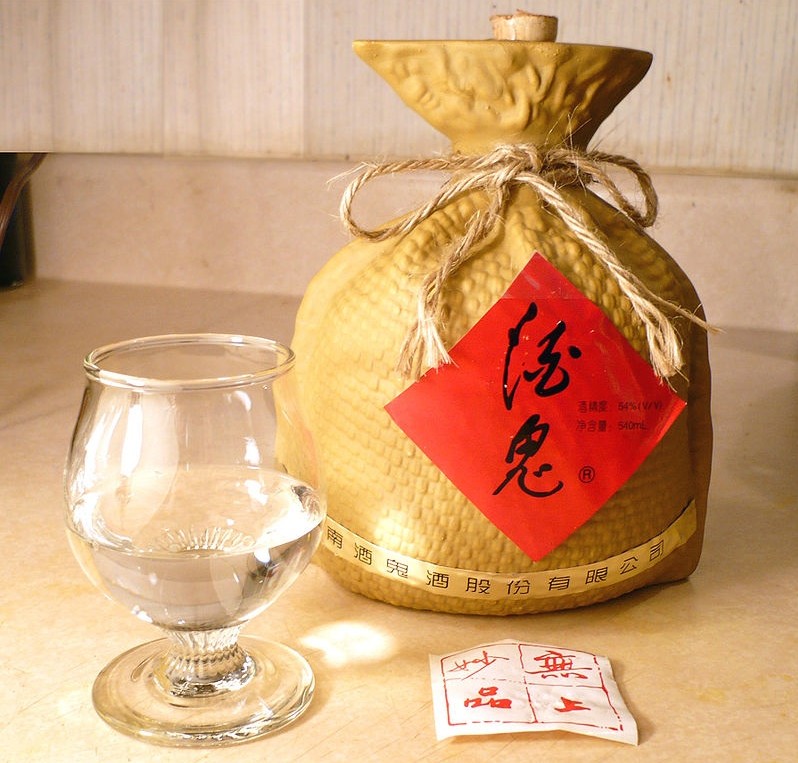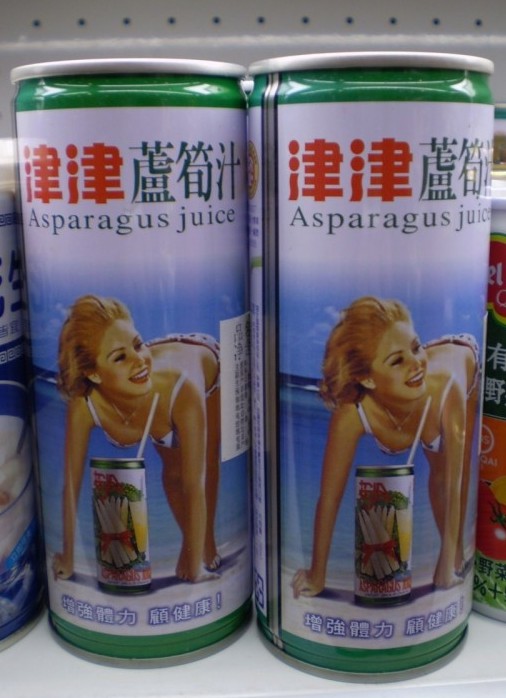The 5 Best Drinks in China
China has, perhaps surprisingly, some of the most liberal laws on alcohol anywhere in the world; it wasn’t until 2006 that the Chinese government introduced a ban on the sale of alcohol to under-18s. Traditionally alcohol was mostly reserved for special occasions and festivities, but alongside the country’s rapid economic development over recent decades the amount of alcohol consumed by the Chinese to relieve stress and foster good business relations has increased dramatically.
So if you’re planning to visit China, there’s a good chance you may come across a tipple or two. Here are a few of the country’s more notable alcoholic beverages, and a couple of popular soft drinks to soften the blow the next day.
1. Baijiu
China’s famous distilled spirit, and the destroyer of many an ambition one would wager. Baijiu is usually made from the grain sorghum, though other grains can be used. It can contain anywhere from 35% to 60% alcohol content - not a session drink, it would be fair to say. It is in many ways China’s version of vodka, leaving a similar burning sensation in the mouth and a similar feeling of bewilderment and stupour in the brain. One of its most famous brands is Maotai, concocted near the city of Renhuai in the south-western Guizhou province.
Table of Contents
Photo by Badagnani
2. Huangjiu
Huangjiu is a type of wine popular in china, made from a grain such as rice, sorghum or wheat and fermented with a type of culture named Jiuqu. Huangjiu varies in colour from yellowish-brown to a darker reddish-brown, though the name huangjiu can be loosely translated as ‘yellow wine’. It is a mellow, sweet wine and therefore fairly easy to drink, which can have dangerous consequences for the unwary as though not as strong as spirits it can have an alcohol content of anything up to 20%. The most common brand of huangjiu is Shaoxing-jiu, named after the city of Shaoxing in the eastern Chinese province of Zhejiang where much of this beverage is produced.
3. Rujiu
Rujiu (the Chinese word for its more common name, kumis) is another type of wine, but made from milk – horse milk no less. Apparently using horse’s milk instead of cow’s milk means the drink doesn’t have to be distilled; not only is horse-based wine clearer and more potent, it’s also full of proteins, amino acids and calcium. It has been imbibed across central and eastern Asia for centuries, but frankly it’s still horse-milk wine, so no.
4. Future Cola
Marketed along with the slogans "the Chinese people's own cola" and "the future will be better", you could do a lot worse than drag around a can or two of Future Cola if you’re looking to shimmy up the Communist Party ladder. I’m confident in predicting that it tastes much like Pepsi and Coca Cola, after which it lags slightly behind even in Chinese markets.
5. Asparagus juice
Actually sold in cans, no less. This is not a ploy to get you to go asking for a lúsǔn (asparagus) drink in a Chinese diàn (shop) to peals of a shopkeeper’s laughter – they do genuinely drink the juice of this mildly sinister spring vegetable all over east Asia. Somewhat unwilling to try it myself I’m not able to confirm whether it makes for a strange experience in the bathroom afterwards, but feel free to give it a go yourself and report back.
There are clearly perils to be found when looking for a tasty beverage in China, so we strongly suggest you take a look at one of our Chinese level tests to establish whether what you’re drinking in that unmarked cup will end with an oddly pleasant aroma during your next trip to the bathroom, or your head down the lavatory.
Our two options are the level test with traditional Mandarin characters or the test with anglicised, phonetic (Pinyin) characters. Good luck!




